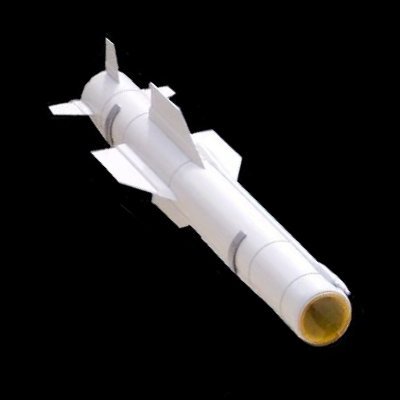The K-37M, RVV-BD or AA-13 Arrow western designation, is a long-range air-to-air missile being developed for the Mig-31BM interceptor. It has also had the names K-37, Izdeliye 610 and R-VD (Raketa-Vysokaya Dalnost, "Very Long Range Missile"), and the NATO codename 'Andi'.
It was designed to shoot down AWACS and other C4ISTAR aircraft whilst keeping the launch platform out of range of any fighters that might be protecting the target.
The K-37M seems to be a successor or leverage some technology from the R-37 air-to-air missile developed by the Soviet Union for the Mig-31M in the 1980s as a replacement for the R-33 missile. As of summer 2010 the missile system program was still in the development phase as the primary weapon for the Mig-31BM aircraft. The Russian reported that the K-37M underwent first firing testings in early 2012. The R-37M designation will apply when the new long-range air-to-air missile enters operational service with the Russian Air Force.
According to Defence Today the range depends on the flight profile, from 80 nautical miles (150 km) for a direct shot to 215 nautical miles (398 km) for a cruise glide profile. According to Jane's there are two variants, the R-37 and the R-37M; the latter has a jettisonable rocket booster that increases the range to "300-400km" (160–220 nm).
The missile was designed in the early 1980s and first flown in 1989. Testing of the R-37 continued through the 1990s; in 1994 a trial round scored a kill at a range of 162 nautical miles (300 km). However, the programme appears to have been dropped around 1998 on grounds of cost.
Work on the missile appears to have restarted in late 2006, as part of the MiG-31BM programme to update the Foxhound with a new radar and ground attack capability.






